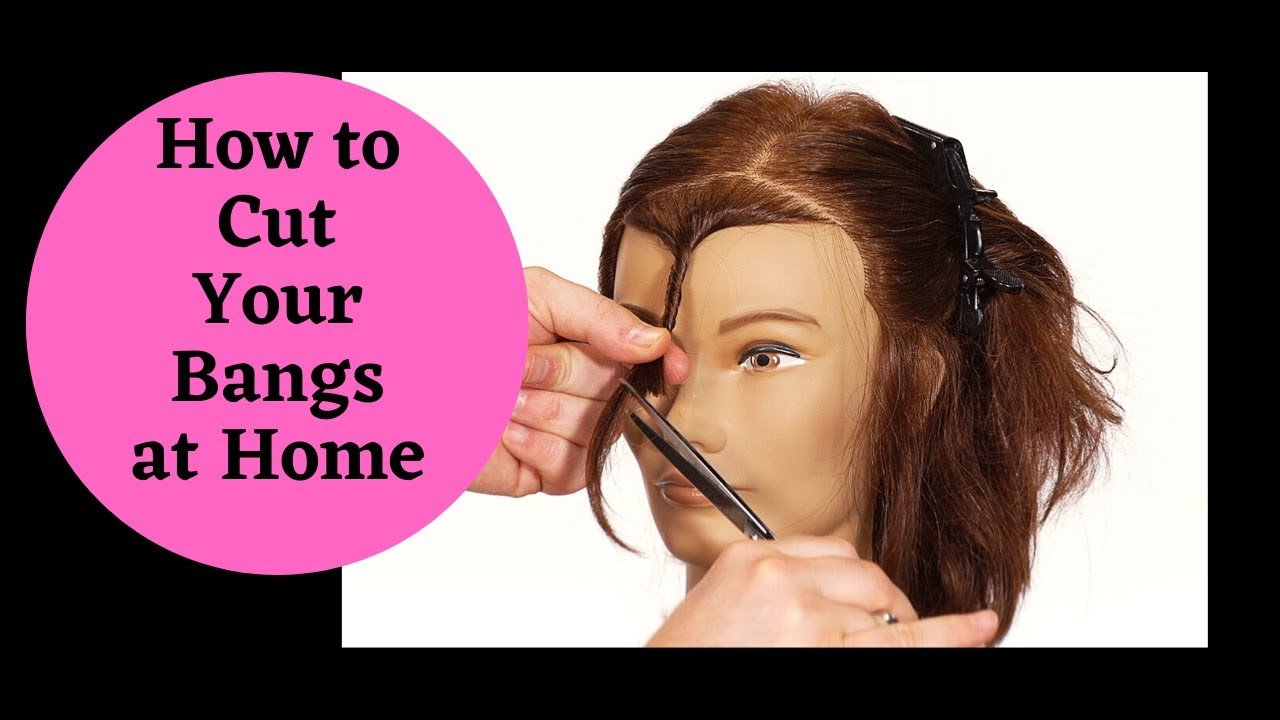How to
How to Cut Bangs

Cutting bangs can be a daring yet refreshing change to one’s appearance, offering a new look without the commitment of a full haircut. Whether aiming for a subtle fringe or a bold statement, understanding the nuances of cutting bangs is crucial for achieving your desired outcome. This informative article will guide you through the steps, techniques, and considerations involved in cutting bangs, ensuring you can make an informed decision and possibly even take the plunge yourself.
Understanding Different Types of Bangs
Before you reach for the scissors, it’s important to understand the variety of bang styles available and which might suit your face shape and hair type best. From classic straight-across bangs to side-swept, curtain, and even wispy or blunt variations, each style carries its own flair and set of considerations. For instance, round faces may benefit from longer, side-swept bangs that elongate the face, while square faces might soften with a feathered, wispy fringe.
Preparing to Cut Your Bangs
Preparation is key when it comes to cutting your own bangs. First, ensure your hair is dry and styled as you usually wear it; cutting wet hair can lead to shorter-than-expected bangs due to shrinkage as the hair dries. Gather your tools: a fine-tooth comb, sharp hairdressing scissors, and possibly a clip to section off hair. It’s also wise to start with longer bangs than you think you want; you can always cut more, but you can’t add length back once it’s been snipped.
Cutting Technique
- Sectioning Your Hair: Begin by determining how thick you want your bangs to be and section off the appropriate amount of hair. A good rule of thumb is to draw an imaginary line from the peak of each eyebrow to create a triangle section of hair; this will be your bang area.
- Initial Cut: Comb the section forward and make an initial cut, keeping in mind to cut longer than your desired length. It’s best to cut vertically or at a slight angle rather than straight across, as this creates a more natural, less harsh line.
- Refining the Shape: After the initial cut, you can start refining the shape of your bangs. For a softer look, point-cut by snipping into the ends vertically. For curtain bangs, you might angle your scissors to cut from the center outwards, gradually lengthening the strands as you move toward the temples.
- Adjustment and Styling: Check for any uneven sections by combing the bangs forward and trimming as necessary. Remember, less is more, and patience is key. Once you’re satisfied with the length and shape, you can style your bangs using a round brush and hairdryer for a polished look.
Maintenance and Styling Tips
Bangs require regular trims to maintain their shape and length, typically every 3-4 weeks. In between trims, you might need to style your bangs daily for the best appearance. A small round brush and a light touch with the hairdryer can help achieve volume and direction. For those with oily skin, dry shampoo can be a lifesaver, keeping your bangs fresh and voluminous throughout the day.
Mistakes to Avoid
A common mistake is cutting bangs too short, especially on the first try. Always cut less than you need, as you can always trim more if necessary. Avoid using dull scissors, as they can lead to uneven, jagged edges. Lastly, don’t rush the process; cutting your own bangs requires time, patience, and a steady hand.
Professional Help and Alternatives
If you’re unsure about cutting your own bangs or are aiming for a complicated style, seeking professional help is always a wise choice. A skilled hairstylist can provide advice tailored to your face shape, hair texture, and lifestyle, ensuring your bangs complement your overall look. For those hesitant to commit, clip-in bangs are a great temporary alternative, allowing you to experiment with different styles without the permanence of cutting your hair.
Conclusion
Cutting bangs is a significant change that can enhance your facial features and refresh your overall appearance. Whether you decide to take the DIY route or opt for a professional cut, understanding the types of bangs, preparation steps, and cutting techniques will empower you to make the best decision for your look. Remember, patience and practice are key, and with the right approach, you can achieve beautiful, flattering bangs that elevate your style.
FAQs: Cutting Bangs
Q1: Can I cut my own bangs, or should I see a professional?
A1: While it’s possible to cut your own bangs, beginners or those desiring a more complex style might benefit from a professional’s expertise. If you choose to do it yourself, research and follow a detailed guide to minimize mistakes.
Q2: What type of scissors should I use to cut bangs?
A2: Use sharp, professional hairdressing scissors. Avoid using regular household scissors, as they’re not sharp enough, leading to uneven cuts and split ends.
Q3: How do I know which bang style suits my face shape?
A3: Generally, oval faces suit most bang styles, while round faces may benefit from side-swept or curtain bangs to enhance appearance. Square faces can soften with wispy, feathered bangs, and heart-shaped faces might opt for side-swept or curtain bangs to balance the forehead width.


















